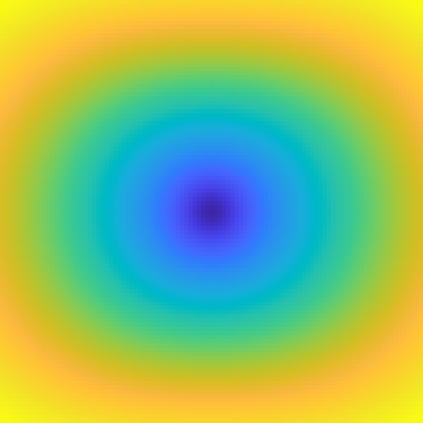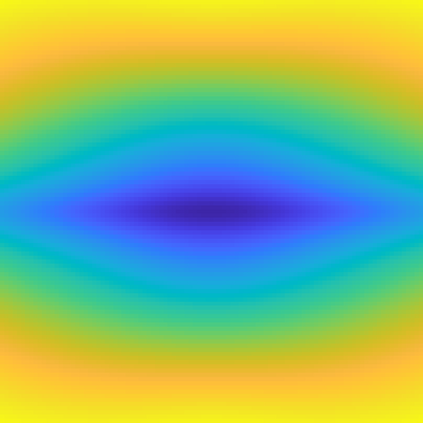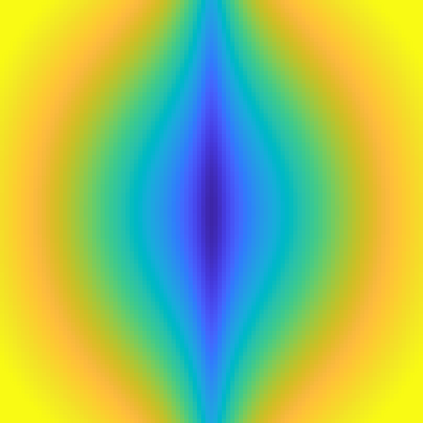Multiple antennas arrays play a key role in wireless networks for communications but also for localization and sensing applications. The use of large antenna arrays at high carrier frequencies (in the mmWave range) pushes towards a propagation regime in which the wavefront is no longer plane but spherical. This allows to infer the position and orientation of a transmitting source from the received signal without the need of using multiple anchor nodes, located in known positions. To understand the fundamental limits of large antenna arrays for localization, this paper combines wave propagation theory with estimation theory, and computes the Cram\'er-Rao Bound (CRB) for the estimation of the source position on the basis of the three Cartesian components of the electric field, observed over a rectangular surface area. The problem is referred to as holographic positioning and is formulated by taking into account the radiation angular pattern of the transmitting source, which is typically ignored in standard signal processing models. We assume that the source is a Hertzian dipole, and address the holographic positioning problem in both cases, that is, with and without a priori knowledge of its orientation. To simplify the analysis and gain further insights, we also consider the case in which the dipole is located on the line perpendicular to the surface center. Numerical and asymptotic results are given to quantify the CRBs, and to quantify the effect of various system parameters on the ultimate estimation accuracy. It turns out that surfaces of practical size may guarantee a centimeter-level accuracy in the mmWave bands.
翻译:多天天线阵列在无线通信网络中发挥着关键作用,但也用于本地化和感测应用。在高载频率(毫米Wave范围)使用大型天线阵列,推动形成一种传播机制,使波端不再为平面而是球形的波面,从而可以从接收的信号中推断发送源的位置和方向,而不必使用位于已知位置的多个锚点。为了了解大型天线阵列对本地化的基本限制,本文将波波传播理论与估算理论结合起来,并根据电场三个Cartesian部件的精确度估算源位置(CRB),在矩形表层区域观测到的三部Cram\'er-Rao Bound(CRB),从而可以将问题称为全息定位定位定位,并且考虑到发射源辐射的辐射的角模式,这在标准信号处理模型中通常被忽视。我们假设该源是赫茨波波波传播理论与估算理论,并且进一步解决两种情况下的星座定位问题,在电场的精确度参数中,在不使用和没有精确的精度参数上对电路面的精确度定位值进行精确的精确度评估,因此,我们也可以对地平面结果进行分析,在地面的精度上进行定量分析,然后对地平面的精度分析,然后从地面的精度进行定量分析,然后从地面的精度分析,然后从地面的精度到精确度到精确度到地面的精度,从地面的精度,从地面的精度分析,从地面的精度到地面的精度,然后从地面的精度,从地面的精度,从地面的精度到地面的精度,从地面的精度分析到地面的精度,从地面的精度到地面的精度分析到地面的精度,从地面的精度,从地面的精度,再到地面的精度,再到地面的精度分析到地面的精度,将到地面的精度,从地面的精度分析到地面的精度,从地面的精度,从地面的精度,从地面的精度,从地面的精度,从地面的精度,从地面的精度分析到地面的精度,从地面的精度,从地面的精度,从地面的精度,从




















